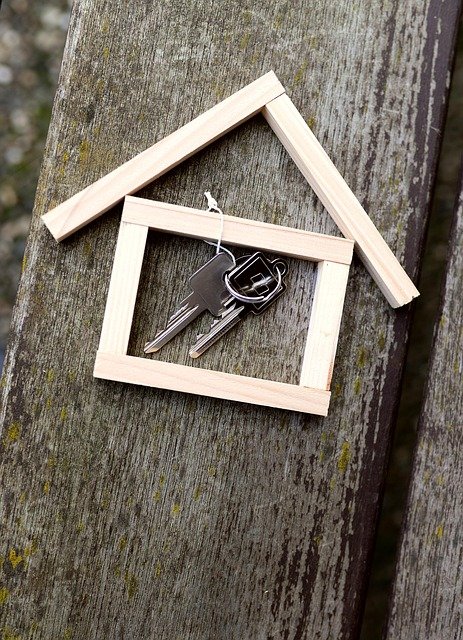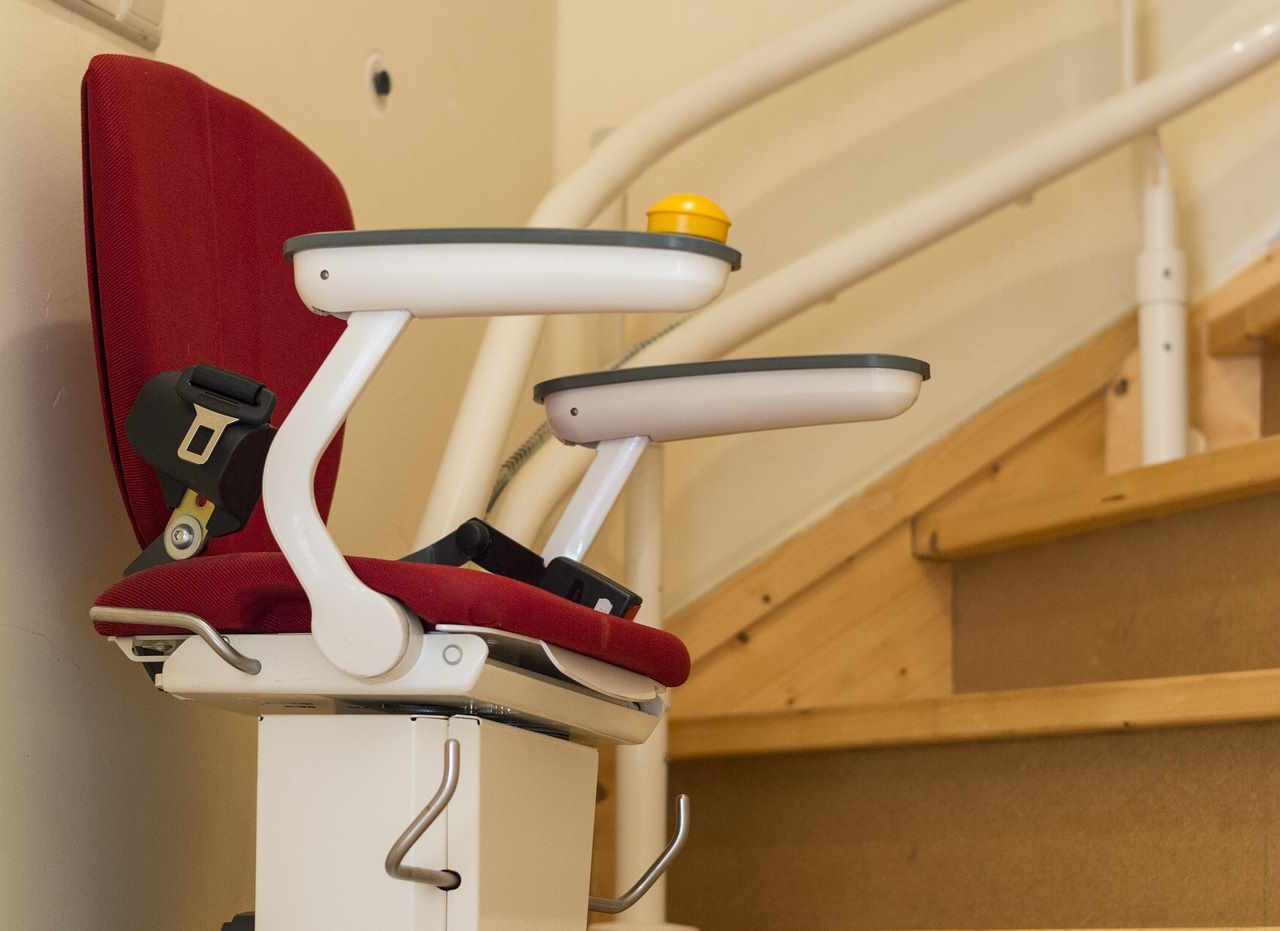Discover the Perfect Blend: Low-Maintenance Prefab Log Homes
Prefabricated log homes combine the rustic charm of traditional log construction with modern manufacturing efficiency, offering homeowners a unique solution that reduces both building time and ongoing maintenance requirements. These factory-built structures arrive at your property as pre-cut, precisely measured components that fit together like a sophisticated puzzle, eliminating many of the challenges associated with conventional log home construction while preserving the aesthetic appeal that draws people to log living.

What Makes Prefab Log Homes Different?
Prefab log homes distinguish themselves from traditional log construction through controlled manufacturing environments and precision engineering. Unlike site-built log homes where weather, material inconsistencies, and skilled labor availability can impact quality, prefabricated versions are constructed using computer-controlled machinery that ensures uniform fit and finish. The logs undergo kiln-drying processes that reduce moisture content to optimal levels, minimizing settling and shrinkage issues that commonly plague traditional log homes. This manufacturing approach also allows for better quality control, as each component is inspected before leaving the factory.
Low-Maintenance Prefab Log Homes Features
Low-maintenance prefab log homes incorporate design elements and materials specifically chosen to reduce upkeep requirements. Many manufacturers use engineered log products that combine solid wood exteriors with laminated cores, providing enhanced stability and reduced maintenance needs. These homes often feature advanced chinking systems, high-quality sealants, and protective finishes applied during manufacturing. Additionally, many prefab log home designs incorporate larger roof overhangs, covered porches, and foundation systems that protect the log walls from moisture exposure, significantly reducing the need for frequent re-staining and log replacement that traditional log homes often require.
Benefits of Fast Installation Process
The benefits of fast installation extend beyond simple time savings, impacting both construction costs and project predictability. Prefab log homes typically require 30-50% less on-site construction time compared to traditional builds, with some manufacturers claiming assembly periods of just weeks rather than months. This reduced timeline minimizes exposure to weather delays, reduces labor costs, and allows homeowners to occupy their properties sooner. The precision manufacturing also means fewer construction errors and callbacks, as components are tested for fit at the factory. Additionally, faster installation reduces the period during which construction loans accrue interest, providing financial benefits to homeowners.
Options for Customization Available
Despite their prefabricated nature, modern prefab log homes offer extensive customization options that allow homeowners to create personalized living spaces. Manufacturers typically provide various floor plan configurations, from compact cabin designs to expansive multi-story residences. Customization options often include log species selection, interior finishes, window and door configurations, and architectural details like dormers, bay windows, and covered porches. Many companies also offer hybrid designs that combine log construction with conventional framing, allowing for unique layouts and modern amenities while maintaining the log home aesthetic in key areas.
| Provider | Home Size Range | Price Range | Installation Time |
|---|---|---|---|
| Honest Abe Log Homes | 800-4,000+ sq ft | $25,000-$150,000+ | 4-8 weeks |
| Southland Log Homes | 500-6,000+ sq ft | $20,000-$200,000+ | 3-10 weeks |
| Katahdin Cedar Log Homes | 600-3,500+ sq ft | $30,000-$120,000+ | 5-12 weeks |
| Alpine Log Homes | 1,000-5,000+ sq ft | $40,000-$180,000+ | 6-14 weeks |
Prices, rates, or cost estimates mentioned in this article are based on the latest available information but may change over time. Independent research is advised before making financial decisions.
Energy Efficiency and Modern Amenities
Modern prefab log homes integrate energy-efficient features that address traditional log home weaknesses while maintaining authentic aesthetics. Many manufacturers incorporate advanced insulation systems, including foam insulation between log courses and thermal breaks that reduce energy loss. Double or triple-pane windows, energy-efficient doors, and modern HVAC systems are commonly integrated during the manufacturing process. Some prefab log homes also accommodate solar panels, radiant floor heating, and smart home technologies, proving that rustic appearance doesn’t require sacrificing modern conveniences or environmental responsibility.
Prefab log homes represent a practical evolution of traditional log construction, addressing many historical challenges while preserving the natural beauty and warmth that make log homes appealing. The combination of controlled manufacturing, reduced maintenance requirements, faster installation, and extensive customization options makes these homes attractive to those seeking the log home lifestyle without the traditional complications. As manufacturing techniques continue improving and energy efficiency standards evolve, prefab log homes are likely to become an increasingly viable option for homeowners who value both aesthetic appeal and practical functionality.




